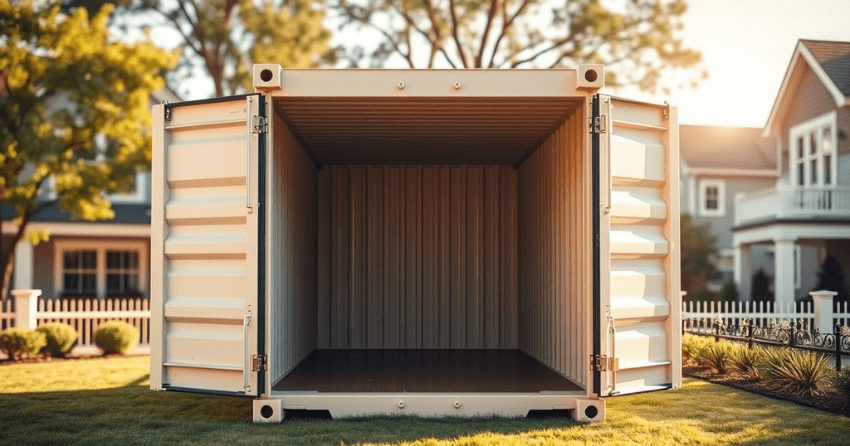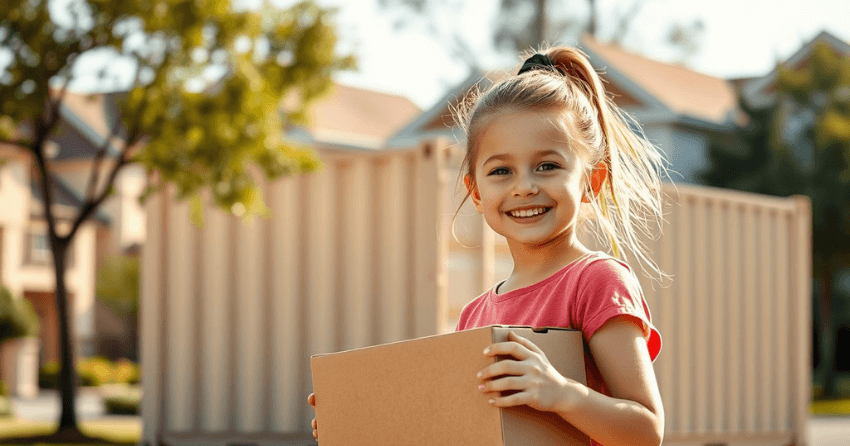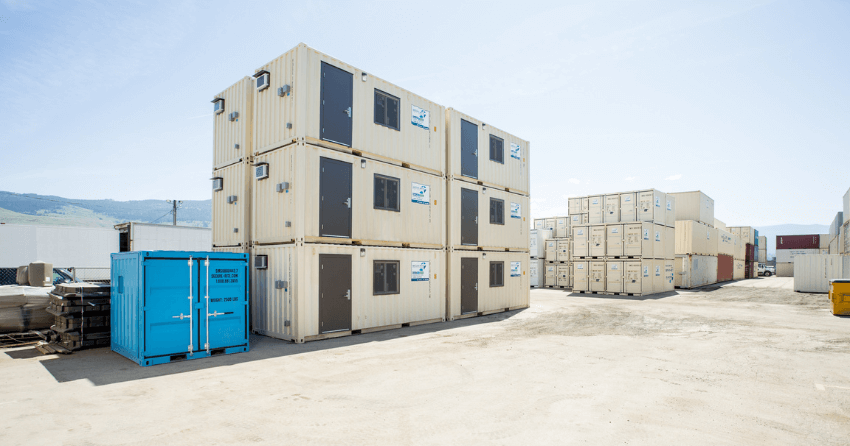.jpg)
How to Place a Shipping Container
by Secure-Rite
The Ultimate Checklist for Placing Your Shipping Container
Whether you're planning to use a shipping container for extra storage, an office, or something more creative, finding the perfect spot is crucial. Proper placement from the outset can save you hours of frustration later on. To help you make the best decision, we've put together this checklist so our delivery team can help you put your shipping container in the perfect spot!
1. Choose the Best Door Direction
Understand Door Basics: Standard containers have doors at one end, with each swing door about 4 feet wide. Ensure there's enough space to fully open them and load in any large items.
Access Frequency: If you'll be accessing the container often, place the doors where you can access them easily.
Flow of Movement: Think about how people and items will move around the container. Position doors to facilitate smooth flow, especially if it’s part of a multi-container setup.

2. Assess Your Location and Consider the Elements
Level Ground: Place the door end on stable, level ground to prevent difficulties in opening and closing.
Soil Stability and Drainage: Ensure the ground isn’t too soft and that the location has good drainage to avoid water pooling, which can affect access.
Seasonal Considerations: In areas with heavy snow or rain, avoid door placements where snow can build up or water can pool.
Sun Exposure: Be mindful of the sun's path. All our rental containers are painted a light color to reflect as much heat as possible, helping to keep the interior cooler.

3. Consider Security Measures
Visibility: If security is a priority, place the container where it's less visible and consider placing doors out of direct view for added security.
Integration with Existing Systems: Align the door direction with your current CCTV coverage or alarm systems for seamless security.
5. Account for Utility Connections
Proximity to Utilities: If connecting a modified or upscaled container to electricity, water, or data, place the container close to these sources to simplify installation.
6. Explore Advanced Placement Options
Stacking Containers: If ground space is limited, think about vertical stacking to create multi-level spaces, optimizing your available area.
Custom Layouts for Unique Needs: Think beyond traditional placement. Arrange containers in L-shapes, U-shapes, or even in a horseshoe layout to create courtyards, sheltered areas, or the right configuration can even act as a fence!

7. Communicate Clearly with Your Delivery Team
Provide Detailed Instructions: Share all your placement decisions with the delivery team ahead of time.
Door Orientation on Arrival: Communicate your preferred door direction to the delivery team to avoid repositioning later. When the driver backs up to unload the container, the cargo doors will either come off the truck first (if they're facing the rear) or last (if they're facing the cab). Make sure to tell the driver which way you want the doors to face when placing the container.
Use Visual Aids: Snap a photo of the site and sketch where you'd like the doors to be—this can be a huge help.
Space Required for Delivery: For a 20ft storage container, you will need approximately 60 feet of straight clearance. For a 40ft container, you will need approximately 120 feet of straight clearance. The width requirement is approximately 10 feet. Up to 15 feet of overhead clearance is necessary; please ensure there are no overhead wires or branches that may obstruct during delivery.
Keep this checklist handy as you plan your container placement. Taking the time to consider these factors now will help ensure your shipping container is both functional and a joy to use. Happy planning!
Questions about how to place a shipping container? Please give us a call at 1.888.861.3955, our team would love to help!

